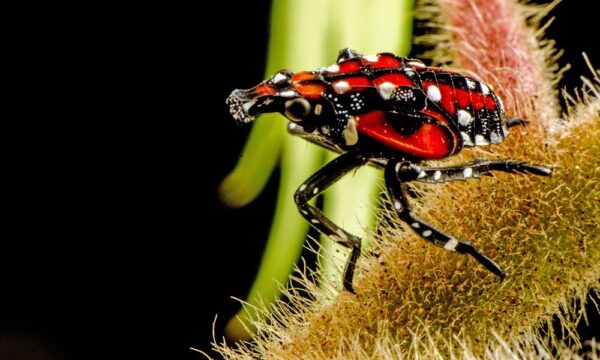As 2019 draws to a close, we have crunched the numbers and pulled together the year’s most read articles. Plus some firm favourites.
Fall armyworm continues to be a popular topic for our readers and this year, blogs on biocontrol efforts to control the invasive caterpillar make the top 20. CABI’s Pest Risk Analysis tool also grabbed readers’ attention and appears twice in the chart.
Guest authors have also been very popular this year covering species like coypu and slugs, and dogs that sniff out Japanese Knotweed.
Did any of your favourites make the top 20?

Number 1
Study finds endoparasitoid wasp can reduce fall armyworm leaf consumption rate by up to 89%
By Donna Hutchinson


Number 3
Major invasive pest found for the first time on agricultural land in Europe
By Lizzie Finch






Number 9
CABI shares expertise on rubber tree blight in major new Amazon documentary series
By Wayne Coles

Number 10
Scientists confirm first report of egg parasitoid in Africa to fight devastating fall armyworm
By Wayne Coles


Number 12
Reaching more farmers with fall armyworm knowledge and information through ICT-enabled extension
By Donna Hutchinson

Number 13
National emergency declared as Colombia confirms the presence of TR4 banana disease
By Will Holland



Number 16
Two heads may be better than one: using multiple methods in the fight against Tuta absoluta
By Lizzie Finch



Number 19
New Pest Risk Analysis Tool to improve biosecurity in international trade of plant commodities
By Martin Parr

Number 20
Zygogramma bicolorata released at selected sites in Pakistan as biological control of parthenium
By Donna Hutchinson
Firm Favourites
Articles from the archives that our readers love.
Giant Rodent Invasion: The Coypu
Parthenium: Controlling the world’s most destructive toxic weed
Rhododendron ponticum – much more than just an invasive weed!
Thank you for reading the Invasives Blog this year and we wish you a prosperous 2020.
Stay up to date with CABI Invasives
Facebook | Twitter | LinkedIn | Newsletter
Related News & Blogs
Biological control in action: Zambia’s field days on fighting fall armyworm
Experts from CABI recently held two field days and an expo in Zambia, showcasing innovative approaches to pest management to 584 farmers, agro-dealers and other stakeholders to help raise awareness of approaches to tackle the invasive fall armyworm (Sp…
11 June 2025




